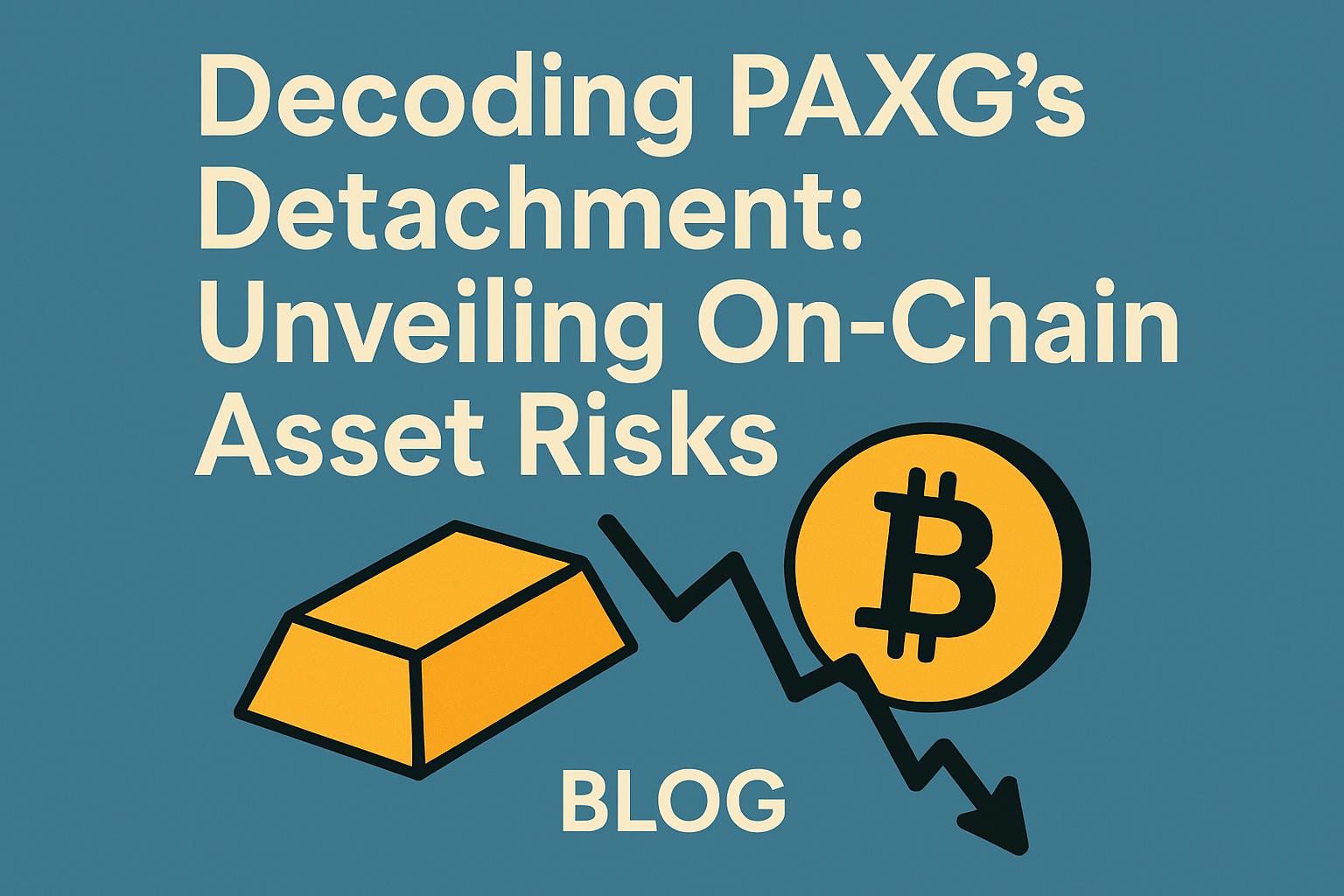In a world where gold prices are soaring, tokenized gold assets like PAXG are experiencing detachment and liquidation issues, prompting questions about the viability of real-world assets (RWAs) authentically representing tangible counterparts. As these assets transition onto the blockchain, what are the underlying risks?
Understanding PAXG: The Mechanics of Tokenized Gold
PAXG, a tokenized gold asset, mirrors stablecoins by pegging its value to the price of gold. It offers investors an alternative means to invest in gold without the costs of ETF management fees or the risks associated with storing and transporting bullion. Paxos and Tether are the leading issuers of tokenized gold.
Paxos’ PAXG, specifically, is backed by one troy ounce of gold, stored within the vaults of the London Bullion Market Association (LBMA). With transactions possible in increments as small as 0.01 troy ounces, investors can start with as little as $43, given current gold valuations.
This setup provides flexibility, enabling investors to engage purely in price-based investments or to hold digital assets and convert to physical gold when needed.
The Great Detachment: When PAXG and Gold Prices Diverged
As the crypto sector experienced significant volatility recently, PAXG witnessed a detachment from its anchored gold price, exacerbating leverage-induced liquidations and investor frustrations.
October 11: A Flash Crash in the Crypto World
On October 11, 2025, a ‘flash crash’ rattled the crypto sector, hitting PAXG particularly hard. Binance saw its spot price plummet by 22%, highlighting vulnerabilities in RWA trading and triggering an outcry for regulatory oversight.
October 16: Gold Hits New High, PAXG Sees Premium
Gold reached historical highs on October 16, with spot prices peaking at $4,380. In contrast, PAXG spot prices on Binance reached as high as $4,790, and perpetual contracts soared to $5,106, reflecting premiums of up to 16.6% over physical gold.
Why RWA Doesn’t Equate to Real Assets
Despite its promising concept, RWA often fall short of truly reflecting the assets they represent. PAXG and Tether’s XAUT combined represent only a fraction of traditional gold ETFs in terms of market size.
Gold’s Transformation: From Safe Haven to Speculative Tool
Traditionally a safe-haven asset, gold’s nature changes when tokenized on-chain, becoming a speculative tool due to easier transactions and lower friction costs, often leveraged up to 75x.
Time Mismatches in Traditional and Crypto Markets
Unlike traditional markets with set trading hours, RWAs offer 24/7 trading, which can reveal liquidity crises when underlying markets like gold are closed.
Traditional Finance Faces Similar Challenges
Even traditional finance is not immune to asset detachment, as seen earlier this year with gold under tariff uncertainty — underscoring that extreme market conditions can decouple asset values.
Liquidity and Slippage Risks in Crypto
The limited depth of the crypto market compounds PAXG’s challenges, with high leverage exacerbating volatility and emphasizing the susceptibility of these assets to slippage risks.
The Cost of Convenience: High Volatility in Crypto
Tokenized assets like PAXG promise the convenience of 24/7 trading but at the cost of increased volatility. Investors seeking a pure gold investment might find more stability in traditional assets.

![[News] Bitcoin at a Turning Point? 10x Research Signals a Bullish Macro Shift Ahead](https://cryptoexplores.com/wp-content/uploads/2025/06/new20250616.jpg)
![[News] Binance Lists $HOME, the Gas-Free, Bridge-Free All-in-One DeFi App](https://cryptoexplores.com/wp-content/uploads/2025/06/news20250617.jpg)